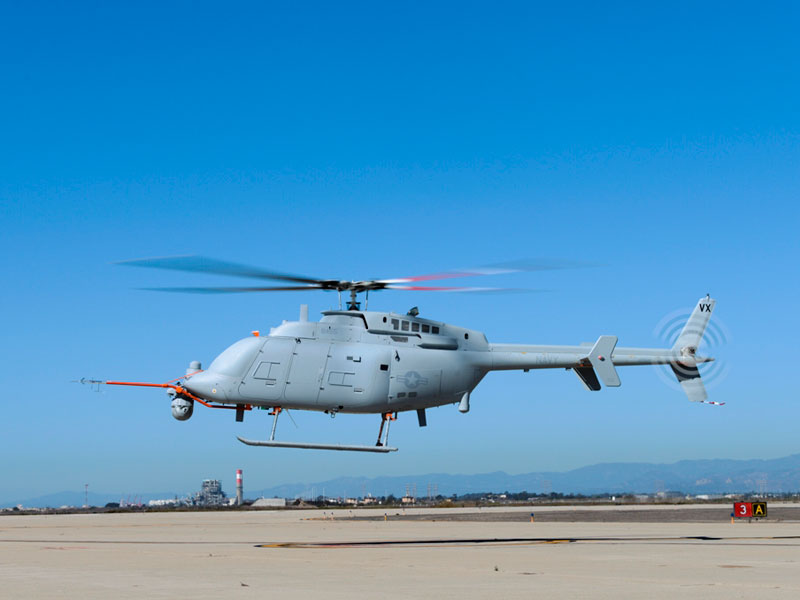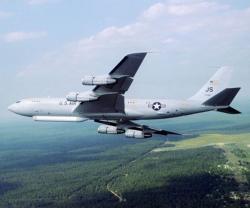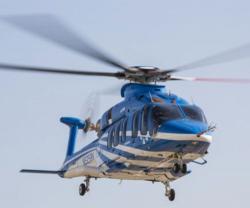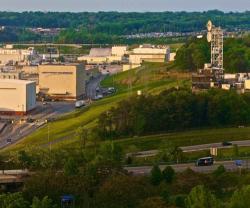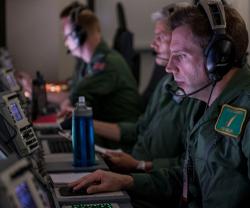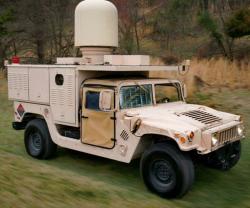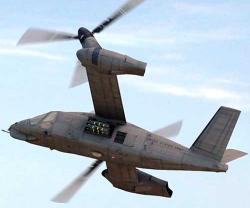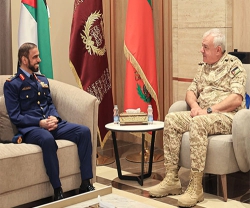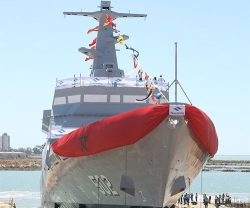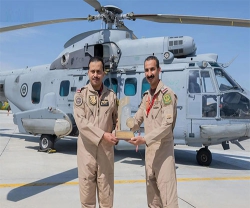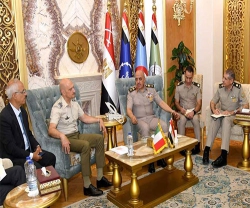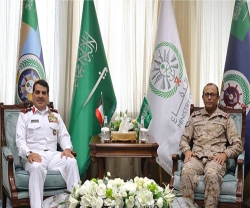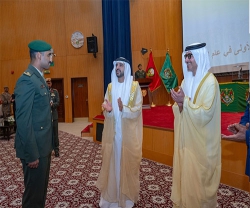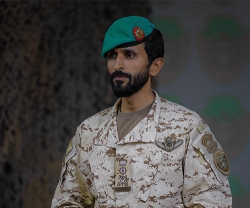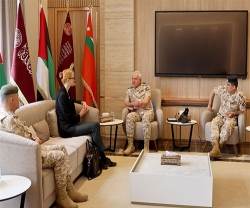NGC, US Navy Complete 1st Flight of Next Gen Fire Scout
04.11.2013 North America
Northrop Grumman Corporation (NGC) and the U.S. Navy successfully completed the first flight of the next-generation MQ-8C Fire Scout unmanned helicopter at Naval Base Ventura County, Point Mugu, California.
At 12:05 p.m. on October 31, the MQ-8C Fire Scout took off and flew for seven minutes in restricted airspace to validate the autonomous control systems. A second flight that took off at 2:39 p.m. for nine minutes was also flown in a pattern around the airfield, reaching 500 feet altitude.
The aircraft was operated by a ground-based Navy/Northrop Grumman flight test team also located at Naval Base Ventura County.
“First flight is a critical step in maturing the MQ-8C Fire Scout endurance upgrade before using the system operationally next year. The systems we've developed to allow Fire Scout to operate from an air-capable ship have already amassed more than 10,000 flight hours with the MQ-8B variant. This system's evolution enhances how unmanned air systems will support maritime commanders,” said Capt. Patrick Smith, Fire Scout Program Manager, Naval Air Systems Command.
The MQ-8C Fire Scout is designed to fly twice as long and has three times the payload capacity of the current MQ-8B variant. Based on a larger commercial airframe with additional fuel tanks and an upgraded engine, the MQ-8C will be able to fly up to 12 hours or carry up to 2,600 pounds.
“Operating the MQ-8B Fire Scout from Navy ships has proved extremely successful. During at-sea deployments, operators saw the need for a system that carried the same intelligence-gathering capabilities of the MQ-8B, but fly longer and carry additional payloads,” said George Vardoulakis, Northrop Grumman's Vice President for Medium Range Tactical Systems.
Currently, the MQ-8B Fire Scout is on its seventh at-sea deployment supporting anti-piracy missions on board Navy frigates. The system has also been used extensively in Afghanistan since early 2011 to provide airborne surveillance to ground commanders.
Using on-board sensors to capture full-motion video, Fire Scout can identify targets and then distribute the information in real time to various users. This capability allows ship-based commanders to maintain awareness of a specified area or keep an eye on a target of interest for long periods of time.
Production of the MQ-8C Fire Scout is being completed at the Northrop Grumman Unmanned Systems Center in Moss Point, Mississippi.
The MQ-8C Fire Scout industry team includes Bell Helicopter, Rolls-Royce, Summit Aviation, Cubic Corporation, General Electric Aviation, Sierra Nevada Corporation and Honeywell.
At 12:05 p.m. on October 31, the MQ-8C Fire Scout took off and flew for seven minutes in restricted airspace to validate the autonomous control systems. A second flight that took off at 2:39 p.m. for nine minutes was also flown in a pattern around the airfield, reaching 500 feet altitude.
The aircraft was operated by a ground-based Navy/Northrop Grumman flight test team also located at Naval Base Ventura County.
“First flight is a critical step in maturing the MQ-8C Fire Scout endurance upgrade before using the system operationally next year. The systems we've developed to allow Fire Scout to operate from an air-capable ship have already amassed more than 10,000 flight hours with the MQ-8B variant. This system's evolution enhances how unmanned air systems will support maritime commanders,” said Capt. Patrick Smith, Fire Scout Program Manager, Naval Air Systems Command.
The MQ-8C Fire Scout is designed to fly twice as long and has three times the payload capacity of the current MQ-8B variant. Based on a larger commercial airframe with additional fuel tanks and an upgraded engine, the MQ-8C will be able to fly up to 12 hours or carry up to 2,600 pounds.
“Operating the MQ-8B Fire Scout from Navy ships has proved extremely successful. During at-sea deployments, operators saw the need for a system that carried the same intelligence-gathering capabilities of the MQ-8B, but fly longer and carry additional payloads,” said George Vardoulakis, Northrop Grumman's Vice President for Medium Range Tactical Systems.
Currently, the MQ-8B Fire Scout is on its seventh at-sea deployment supporting anti-piracy missions on board Navy frigates. The system has also been used extensively in Afghanistan since early 2011 to provide airborne surveillance to ground commanders.
Using on-board sensors to capture full-motion video, Fire Scout can identify targets and then distribute the information in real time to various users. This capability allows ship-based commanders to maintain awareness of a specified area or keep an eye on a target of interest for long periods of time.
Production of the MQ-8C Fire Scout is being completed at the Northrop Grumman Unmanned Systems Center in Moss Point, Mississippi.
The MQ-8C Fire Scout industry team includes Bell Helicopter, Rolls-Royce, Summit Aviation, Cubic Corporation, General Electric Aviation, Sierra Nevada Corporation and Honeywell.
Latest news
Latest events
Paris Air Show
16 - 22 Jun 2025Paris Le Bourget - FranceDefenPol China2025 - 7th Guangzhou International Defense & Police Exhibition & Summit
11 - 12 Jul 2025Nan Fung International Convention & Exhibition Center (NICEC) - ChinaIDEF 2025 Turkey - International Defence Industry Fair
22 - 27 Jul 2025Istanbul Expo Center - TurkeyDSEI 2025
09 - 12 Sep 2025Excel, London - United Kingdom

